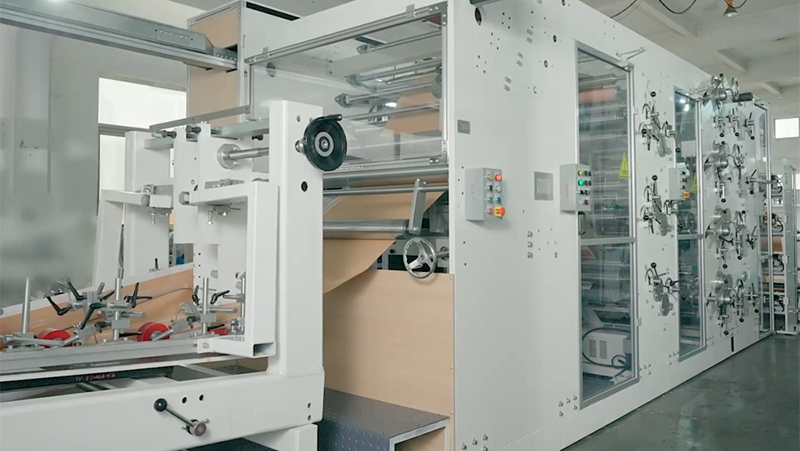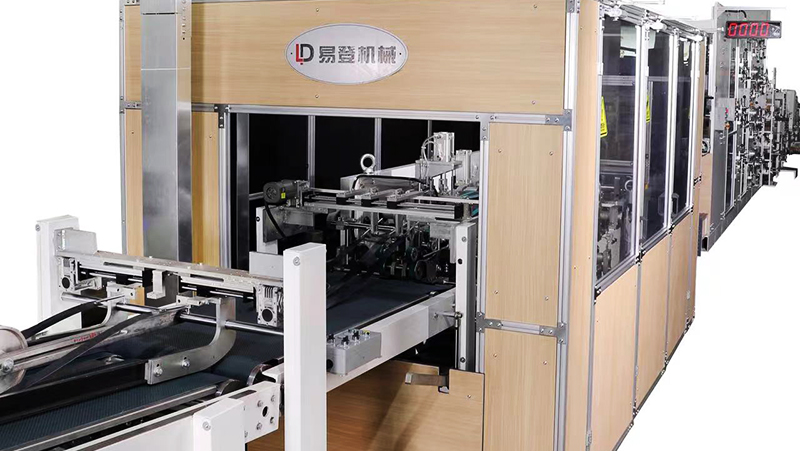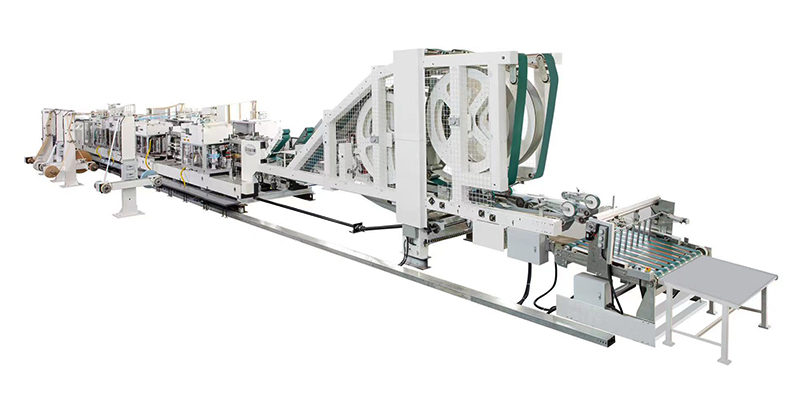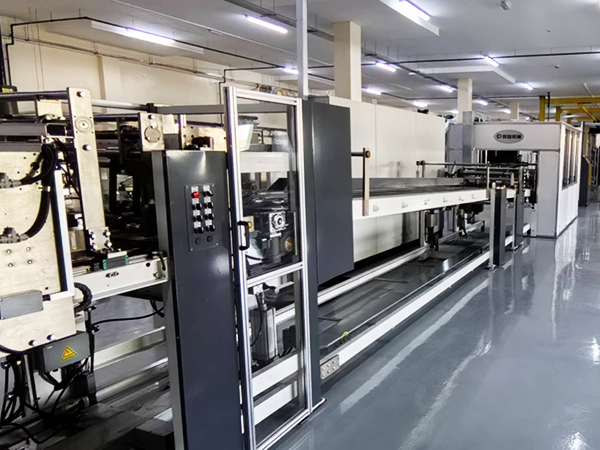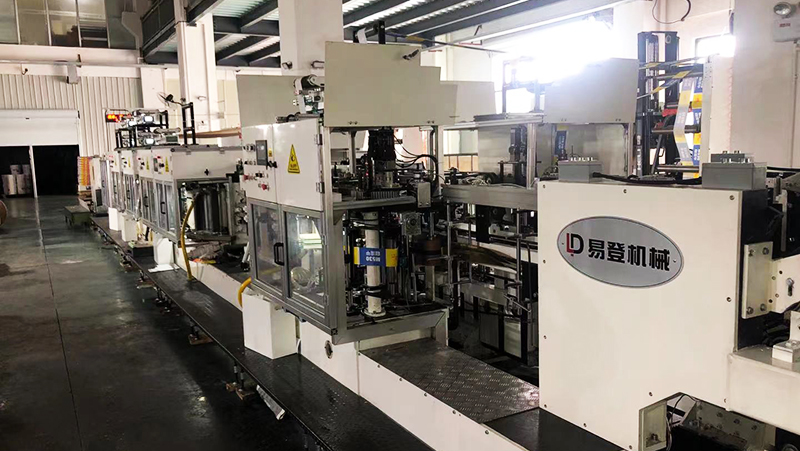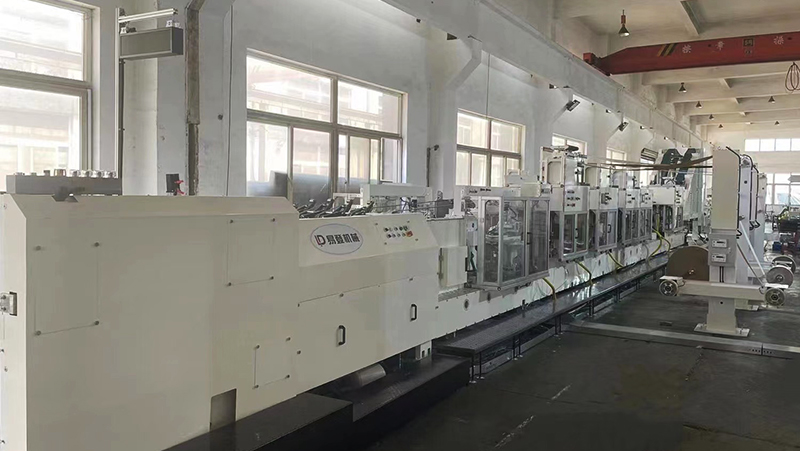Paper sack making machines are specialized industrial equipment designed to automate the production of paper sacks, which are widely used for packaging cement, flour, animal feed, chemicals, and other granular or powdered products. These machines combine precision engineering with high-speed automation to deliver durable, eco-friendly packaging solutions while optimizing production efficiency. Modern systems integrate advanced technologies to meet diverse industry demands for customization, scalability, and sustainability.
How Paper Sack Making Machines Work
- Material Feeding: Rolls of kraft paper or multi-layered paper are fed into the machine.
- Printing (Optional): Some models include flexographic printing units to add branding or product information.
- Tube Formation: The paper is folded into a tubular shape and sealed longitudinally with adhesive.
- Bottom Sealing: Cross-cutting and bottom folding/sealing create individual sacks.
- Top Hemming: Open ends are reinforced with hemming for easy filling and handling.
- Output Stacking: Finished sacks are counted and stacked for packaging.
Key Components of Modern Machines
- PLC Control Systems: Ensure precise synchronization of operations.
- Servo-Driven Mechanisms: Enable adjustable speeds and minimal material waste.
- Quality Sensors: Detect defects like misalignment or adhesive gaps in real time.
- Modular Designs: Allow customization for sack sizes (5–50 kg), layers, and handle attachments.
Advantages of Automated Production
- High Output: Capable of producing 80–200 sacks per minute, depending on configuration.
- Consistency: Uniform sack dimensions and seal integrity reduce product waste.
- Sustainability: Optimizes material usage and supports recyclable/biodegradable packaging.
- Labor Efficiency: Reduces manual intervention by up to 70% compared to semi-automatic systems.
Industrial Applications
- Construction: Cement, gypsum, and dry-mix packaging.
- Agriculture: Fertilizers, seeds, and animal feed.
- Food Industry: Flour, sugar, and powdered ingredients.
- Chemicals: Non-hazardous powdered or granular substances.
Choosing the Right Machine
Consider these factors when selecting equipment:
- Production Volume: Match machine speed to annual output requirements.
- Material Compatibility: Ensure compatibility with recycled paper or moisture-resistant coatings.
- Flexibility: Look for quick-change systems to switch between sack sizes.
- Energy Efficiency: Evaluate power consumption per unit output.
- Certifications: Verify compliance with ISO or regional safety standards.
Future Trends
Emerging innovations include AI-powered predictive maintenance, IoT-enabled performance monitoring, and hybrid systems for producing paper-plastic composite sacks. Additionally, manufacturers are prioritizing energy recovery systems and low-emission adhesives to align with circular economy goals.
Conclusion
Paper sack making machines are critical for industries transitioning to sustainable packaging. By balancing speed, precision, and adaptability, these systems empower businesses to meet evolving market demands while reducing environmental impact. Investing in advanced machinery ensures long-term competitiveness in the global packaging sector.


